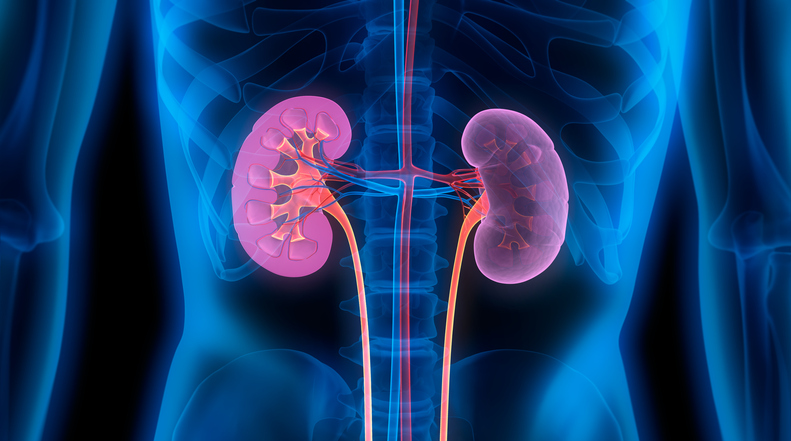
The rare kidney disorder immunoglobulin A nephropathy (IgAN) has no FDA-approved therapies, but several companies large and small are vying to bring patients the first one. Roche is now firmly in the mix with a Phase 3-ready drug licensed from partner Ionis Pharmaceuticals.

With the Rise of AI, What IP Disputes in Healthcare Are Likely to Emerge?
Munck Wilson Mandala Partner Greg Howison shared his perspective on some of the legal ramifications around AI, IP, connected devices and the data they generate, in response to emailed questions.
Roche is paying $55 million for the rights to the Ionis drug, IONIS-FB-LRx.
IgAN stems from the buildup in the kidney of a protein called immunoglobulin A. The disorder leads to kidney inflammation. Over time, the resulting damage hinders the organ’s ability to filter waste from the blood. Treatment can include blood pressure medication, immunosuppressants and diuretics. In severe cases, patients may require kidney dialysis or an organ transplant.
The cause of IgAN is not known, but Ionis’s approach to treating it is to target a part of the immune system called the complement system. The biotech’s drugs are antisense nucleotides, which are comprised of synthetic pieces of DNA or RNA. IONIS-FB-LRx is designed to block the production of complement factor B, a protein that’s part of the overactivation of a cascade of immune responses associated with some disorders, including IgAN.
The Ionis drug was tested in an open label Phase 2 study enrolling adults with IgAN. The subcutaneously injected medicine was given at weeks one, three and five, then every four weeks through week 25. According to Ionis, treatment met the main study goal of showing, after 29 weeks, a reduction in complement B measured in urine excretion over a 24-hour period.
“Roche’s decision to advance the program reaffirms our shared confidence in the ability of Ionis’s antisense medicines to effectively target the root cause of difficult-to-treat diseases like immunoglobulin A nephropathy,” Michael McCaleb, Ionis’s vice president of clinical development said in a prepared statement. “The results of the Phase 2 study provide initial clinical evidence that IONIS-FB-LRx reduces complement and protein levels in the urine of patients with IgAN.”
The field of companies developing potential therapies for IgAN spans several different approaches. Vera Therapeutics has reached Phase 2b testing with atacicept, a fusion protein that blocks two targets. The Brisbane, California-based biotech expects to report preliminary data in the fourth quarter of this year. Seattle-based Chinook Therapeutics has reached Phase 3 testing with atrasentan. That small molecule, licensed from AbbVie, is designed to block endothelin, a protein associated with promoting kidney inflammation and fibrosis. Meanwhile, Novartis has reached Phase 3 testing with its own factor B inhibitor, iptacopan.
The Roche and Ionis relationship dates to 2013, when the two companies started working together to develop antisense-based therapies for Huntington’s disease. In 2018, the partners started a new agreement focused on the development of IONIS-FB-LRx for complement-mediated diseases. In addition to the IgAN study, Ionis advanced its drug to a separate mid-stage test in geographic atrophy, which is an advanced stage of the dry form of age-related macular degeneration. The IONIS-FB-LRx agreement gave Roche the option to license the drug upon completion of Phase 2 testing. Exercising that option makes Roche responsible for further clinical development and regulatory submissions. If the drug is approved, Roche will commercialize it.
Roche paid Ionis $75 million up front to collaborate on IONIS-FB-LRx. The license fee and milestone payments spelled out in the deal could bring Ionis $680 million more, plus royalties from sales if the drug reaches the market. Through the end of 2021, Ionis had received more than $75 million from the collaboration, according to the company’s annual report. Ionis said that the new $55 million payment reflects the license fee as well as the achievement of a development milestone in the geographic atrophy study.
Photo: peterschreiber.media, Getty Images














